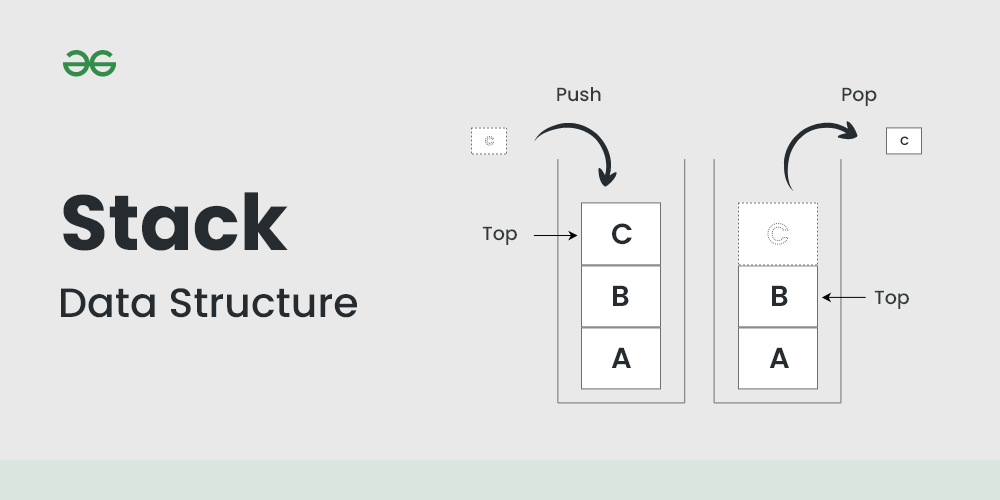图像分割的原理与实践:Qt+OpenCV摄像头图像分割实战
发布时间: 2024-08-10 01:34:02 阅读量: 32 订阅数: 28 


# 1. 图像分割的基本原理**
图像分割是计算机视觉中一项重要的技术,其目的是将图像分解成具有不同属性的多个区域。图像分割的基本原理是将图像中的像素点根据其颜色、纹理、形状等特征进行分组,从而识别出不同的对象或区域。
图像分割算法通常可以分为三大类:
* 基于像素的分割算法:将像素点根据其颜色或灰度值进行分类,例如阈值分割和聚类分割。
* 基于区域的分割算法:将像素点根据其连通性或相似性进行分组,例如区域生长分割和分水岭分割。
* 基于边缘的分割算法:检测图像中的边缘,然后将边缘作为分割边界,例如Canny边缘检测和Sobel边缘检测。
# 2. 图像分割算法
图像分割是将图像分解为不同区域或对象的计算机视觉技术。它广泛应用于目标检测、图像编辑、医学影像分析等领域。本章将介绍图像分割的三大类算法:基于像素的分割算法、基于区域的分割算法和基于边缘的分割算法。
### 2.1 基于像素的分割算法
基于像素的分割算法将每个像素分配给一个特定的类或区域。它们通常基于像素的灰度值、颜色或纹理等特征。
#### 2.1.1 阈值分割
阈值分割是最简单的基于像素的分割算法。它将像素分为两类:高于阈值和低于阈值。阈值通常由用户手动选择。
```python
import cv2
import numpy as np
# 读取图像
image = cv2.imread('image.jpg')
# 灰度化图像
gray = cv2.cvtColor(image, cv2.COLOR_BGR2GRAY)
# 应用阈值分割
threshold = 127
segmented_image = cv2.threshold(gray, threshold, 255, cv2.THRESH_BINARY)[1]
# 显示分割后的图像
cv2.imshow('Segmented Image', segmented_image)
cv2.waitKey(0)
cv2.destroyAllWindows()
```
**逻辑分析:**
* `cv2.threshold()` 函数将灰度图像转换为二值图像,其中高于阈值 `threshold` 的像素设置为 255(白色),低于阈值 `threshold` 的像素设置为 0(黑色)。
* `segmented_image` 变量存储分割后的二值图像。
#### 2.1.2 聚类分割
聚类分割将像素聚类到不同的组中,每个组代表一个不同的区域或对象。K-Means 是聚类分割中常用的算法。
```python
import cv2
import numpy as np
# 读取图像
image = cv2.imread('image.jpg')
# 灰度化图像
gray = cv2.cvtColor(image, cv2.COLOR_BGR2GRAY)
# 应用 K-Means 聚类分割
k = 3 # 聚类中心数量
segmented_image = cv2.kmeans(gray.reshape((-1, 1)), k, None, (cv2.TERM_CRITERIA_EPS + cv2.TERM_CRITERIA_MAX_ITER, 10, 1.0))[1].flatten()
# 显示分割后的图像
segmented_image = segmented_image.reshape(gray.shape)
cv2.imshow('Segmented Image', segmented_image)
cv2.waitKey(0)
cv2.destroyAllWindows()
```
**逻辑分析:**
* `cv2.kmeans()` 函数执行 K-Means 聚类算法,将灰度图像像素聚类到 `k` 个组中。
* `segmented_image` 变量存储分割后的图像,其中每个像素的值表示其所属的聚类组。
### 2.2 基于区域的分割算法
基于区域的分割算法将图像分割为连通区域,每个区域代表一个不同的对象或区域。
#### 2.2.1 区域生长分割
区域生长分割从一个种子点开始,并逐步将相邻像素添加到区域中,直到满足某个停止条件。
```python
import cv2
import numpy as np
# 读取图像
image = cv2.imread('image.jpg')
# 灰度化图像
gray = cv2.cvtColor(image, cv2.COLOR_BGR2GRAY)
# 应用区域生长分割
segmented_image = cv2.watershed(gray, markers=np.zeros(gray.shape, dtype=np.int32), mask=None)
# 显示分割后的图像
segmented_image[segmented_image == -1] = 0
segmented_image = cv2.applyColorMap(segmented_image, cv2.COLORMAP_JET)
cv2.imshow('Segmented Image', segmented_image)
cv2.waitKey(0)
cv2.destroyAllWindows()
```
**逻辑分析:**
* `cv2.watershed()` 函数执行区域生长分割算法,将灰度图像分割为连通区域。
* `markers` 参数指定种子点的位置,`mask` 参数指定分割的边界。
* `segmented_image` 变量存储分割后的图像,其中每个像素的值表示其所属的区域。
#### 2.2.2 分水岭分割
分水岭分割将图像视为地形,其中像素强度代表高度。它使用分水岭算法将图像分割为不同的流域,每个流域代表一个不同的对象或区域。
```python
import cv2
import numpy as np
# 读取图像
image = cv2.imread('image.jpg')
# 灰度化图像
gray = cv2.cvtColor(image, cv2.COLOR_BGR2GRAY)
# 应用分水岭分割
segmented_image = cv2.watershed(gray, markers=np.zeros(gray.shape, dtype=np.int32), mask=None)
# 显示分割后的图像
segmente
```
0
0





